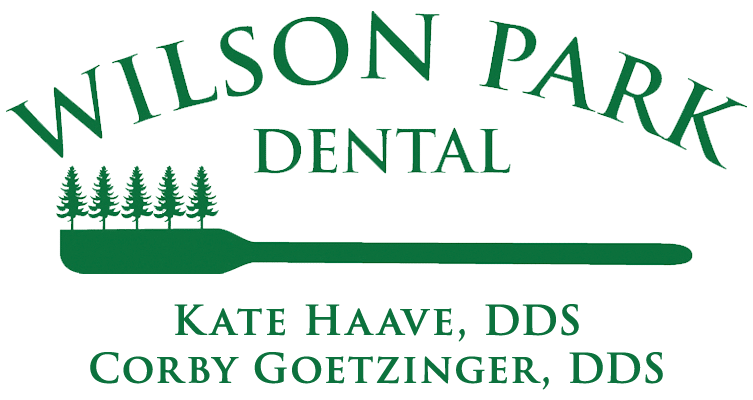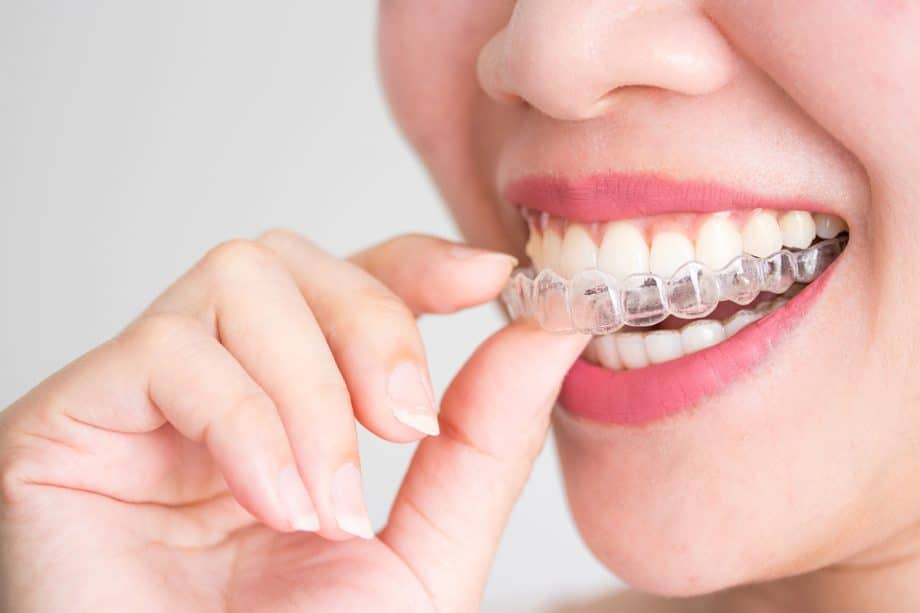When considering orthodontic treatment, one of the main decisions patients face is whether to choose Invisalign or traditional braces. Both options have their unique benefits, and finding the right solution is essential for achieving a confident, healthy smile.
This article explores some of the key differences between the two, breaking down aspects such as aesthetics, comfort, and maintenance. Understanding these factors will help you make an informed decision about which treatment best suits your needs.
Aesthetics and Visibility
One of the most noticeable differences between Invisalign and traditional braces is their appearance. For patients who prioritize a discreet treatment option, Invisalign is often the clear winner. These aligners are crafted from transparent plastic, making them virtually invisible when worn. This characteristic appeals particularly to adults and teens who may be self-conscious about the appearance of traditional braces.
Traditional braces, on the other hand, are made up of metal brackets and wires, which are highly visible. Some modern options do allow for alternative materials, such as ceramic brackets that blend in with tooth color, but they’re still more noticeable than Invisalign. If maintaining a natural and subtle look during treatment is important to you, Invisalign could be an ideal choice.
Additionally, Invisalign aligners allow patients to smile confidently without the aesthetic challenges that can sometimes come with traditional braces. Whether you’re attending a professional meeting or capturing memories in photos, Invisalign keeps your treatment low-profile.
Comfort and Maintenance
Another major factor to weigh when comparing Invisalign and traditional braces is comfort. Invisalign aligners are made of smooth plastic, which minimizes irritation to the inside of the mouth. These customized trays fit snugly over your teeth and can be removed for eating, drinking, and oral hygiene, making them both convenient and user-friendly.
Traditional braces, however, consist of metal brackets and wires that are fixed to the teeth. While effective, these components can sometimes cause discomfort, particularly after adjustments, and they may irritate the cheeks and gums. Additionally, the presence of fixed braces requires careful attention during oral hygiene. Food particles can become trapped around the brackets, making brushing and flossing more challenging.
With Invisalign, maintenance is straightforward. Patients simply remove the aligners to clean them and brush their teeth as usual—no special tools or techniques are required. For individuals seeking a hassle-free approach to orthodontic care, Invisalign's removable design makes it an attractive option.
It’s worth noting that the absence of wires and brackets in Invisalign not only enhances comfort but also reduces the likelihood of emergency dentist visits for issues like broken wires or brackets, which are more common with traditional braces.
Which Option Is Right for You?
Choosing between Invisalign and traditional braces ultimately depends on your unique orthodontic needs and lifestyle. Both options are highly effective at addressing various dental issues, from crowded teeth to misalignments. While Invisalign offers unparalleled discretion and convenience, traditional braces are sometimes recommended for more complex cases that require precise adjustments.
No matter which option you’re considering, Wilson Park Dental is here to help you achieve the best possible outcome. Our team provides personalized consultations to help you determine the treatment that aligns with your goals and preferences.
Frequently Asked Questions About Cosmetic Dentistry
What are the main benefits of Invisalign over traditional braces?
One of the biggest advantages of Invisalign is its near-invisibility. The clear aligners are discreet, making them a popular option for individuals who prefer a less noticeable treatment. Additionally, Invisalign offers unmatched flexibility with its removable design, which allows patients to eat, drink, and maintain oral hygiene routines without interference. This convenience, combined with the smooth and comfortable material used for the aligners, is why Invisalign is a preferred choice for many orthodontic patients.
Are there any cases where traditional braces are better than Invisalign?
Yes, traditional braces may be the better choice for patients with complex dental alignment issues. For example, situations involving severe crowding, significant bite adjustments, or certain jaw irregularities often require the additional control provided by metal brackets and wires. Traditional braces apply continuous pressure and can be precisely adjusted to move teeth into alignment. Your dentist or orthodontist can evaluate your individual case to determine which option is most effective for your needs.
At Wilson Park Dental, we’re committed to helping you achieve your healthiest, happiest smile. We proudly provide comprehensive dental care in a warm and welcoming environment. Whether you’re ready to explore Invisalign or another treatment, contact us online here or call us at 605-343-9352 to schedule your consultation.

